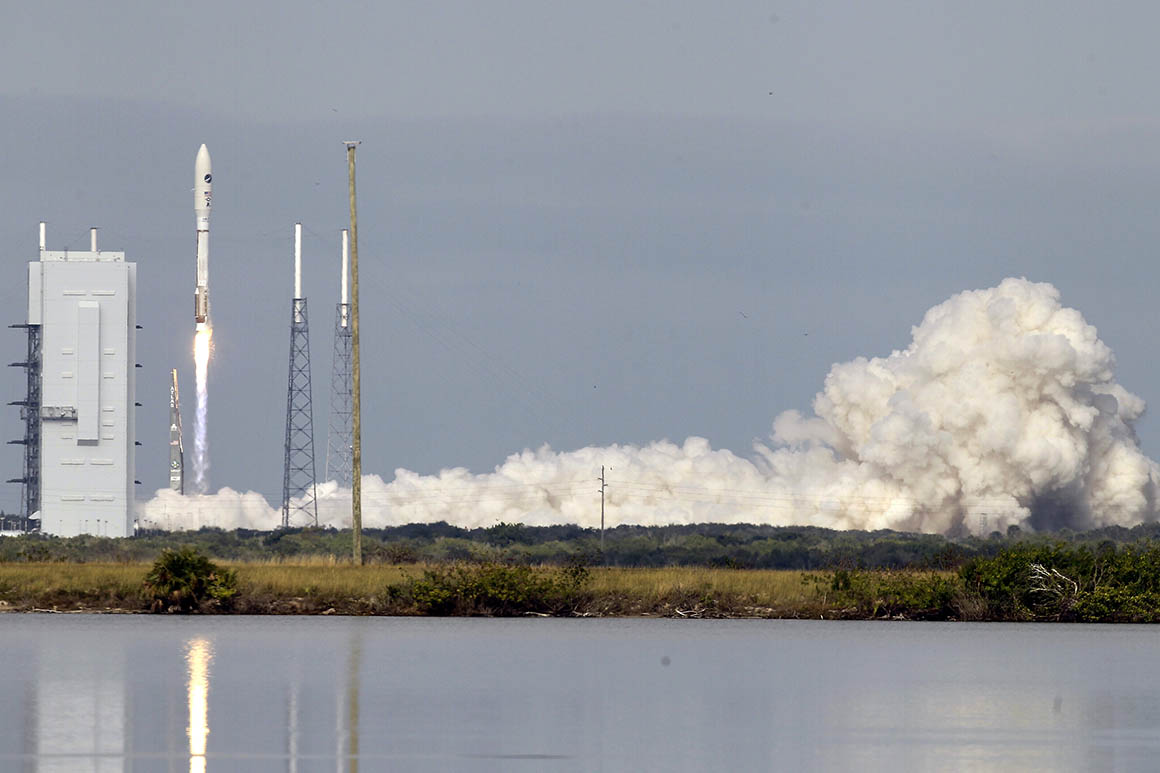
That approach, the Commission makes clear, should include a “long-term economic space resource policy strategy, including an assessment of the viability of extraction of space-based precious minerals, onsite exploitation of space-based natural resources, and space-based solar power.”
Various estimates forecast the overall space economy to exceed a trillion dollars in the next couple of decades. But the potential of space solar power vastly exceeds that paltry sum.
Of all the potential new markets in space – such as tourism and asteroid mining – none offers the potential revenues or societal return of space solar power. None addresses as colossal a market as world energy demand. None offers the impact of an entirely green energy source which can scale to global demand. That’s why accessing the vast energy resources of space are a central component of the ambitious visions put forward by groups like the United Launch Alliance and visionaries like Jeff Bezos.
Its benefits have been known for some time; in 2008, the Pentagon’s SBSP Study Group concluded that “space-based solar power does present a strategic opportunity that could significantly advance U.S. and partner security, capability, and freedom of action and merits significant further attention on the part of both the US Government and the private sector.” More recently, in 2016, when the Defense Department, the U.S. Agency for International Development, and the State Department held a contest for the biggest ideas that could simultaneously advance diplomacy, development and defense, space solar power swept the awards.
Like other global utilities, space solar is likely to start small, and take time to mature. In this way, it will be like the Global Positioning System. Since it became fully operational in 1995, GPS has provided over $1.4 trillion in economic benefits to the U.S. economy, and today contributes over a billion dollars every day to our economy.But it took 28 years for GPS to go from its first experiment to an operational capability, and then another five to move from a niche military capability to become a universal global public utility.
But energy security is national security. Over the past several decades, the U.S. has expended vast sums to purchase and protect foreign sources of oil and gas, and to guard their transit through contested waters. Today, America enjoys renewed geopolitical power because of the energy self-sufficiency that has been enabled by fracking and vast domestic sources of coal.
Yet as large as those resources are, they will not last forever. We are wise to diversify. And space is a logical place to do so.
The upcoming experiment on the X-37B is the first tangible step in the direction of realizing the promise of space solar. It prominently sets the Space Force, which falls under the Air Force, on a path to develop the next global utility, which will be critical to U.S. leadership.
One way solar power satellites could be constructed would be from thousands of identical „sandwich“ modules each of which converts sunlight to radio frequency (RF) for wireless beaming of the energy to Earth. The unique environment in space – brighter sunlight, radiation, vacuum – can only be simulated on Earth. To design full systems to operate at peak thermal efficiency requires in-space testing.
Such experiments have been a longtime coming. Over the past quarter-century, space advocate organizations such as the National Space Society, Space Frontier Foundation, and Alliance for Space Development have lobbied anyone and everyone to invest in developing this transformational technology.
Now, at last, the quest for the next major global utility has found an ally in Secretary Barrett and the U.S. Space Force. Maintaining this focus – and empowering the development of space solar – is essential to keeping America’s global lead.
Peter Garretson, a retired Air Force lieutenant colonel, is Senior Fellow for Defense Studies at the American Foreign Policy Council in Washington.
Source: politico.com
See more here: news365.stream






